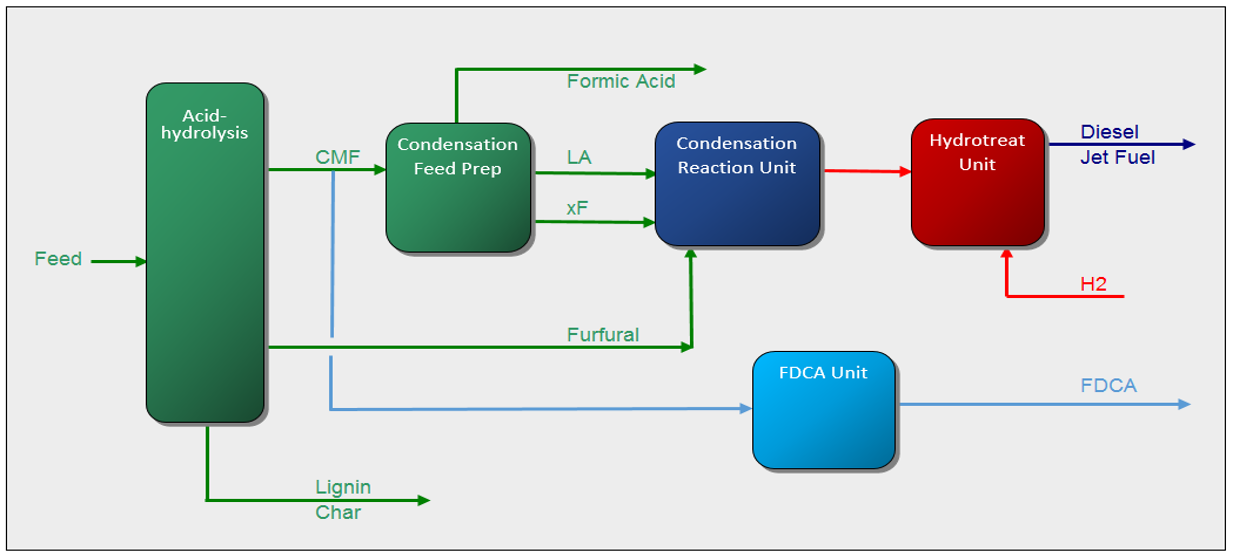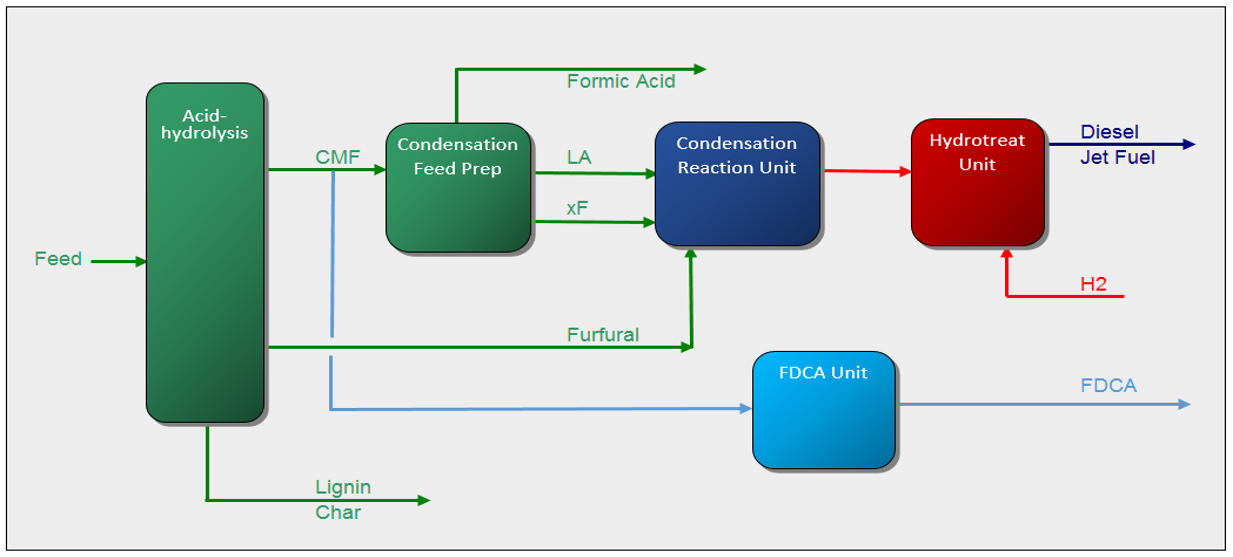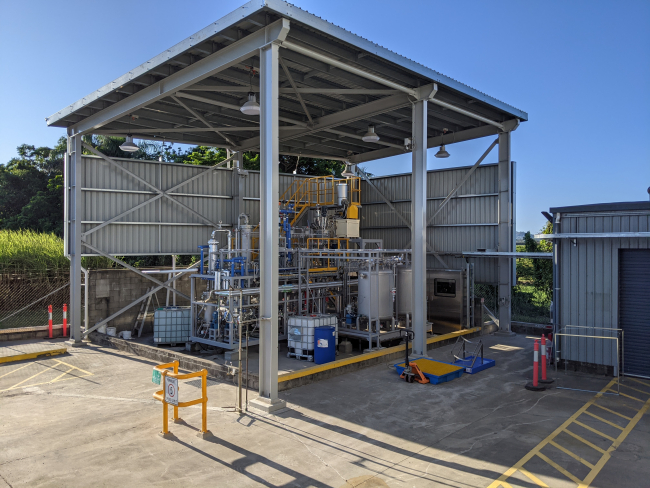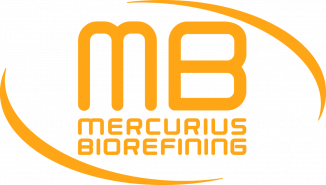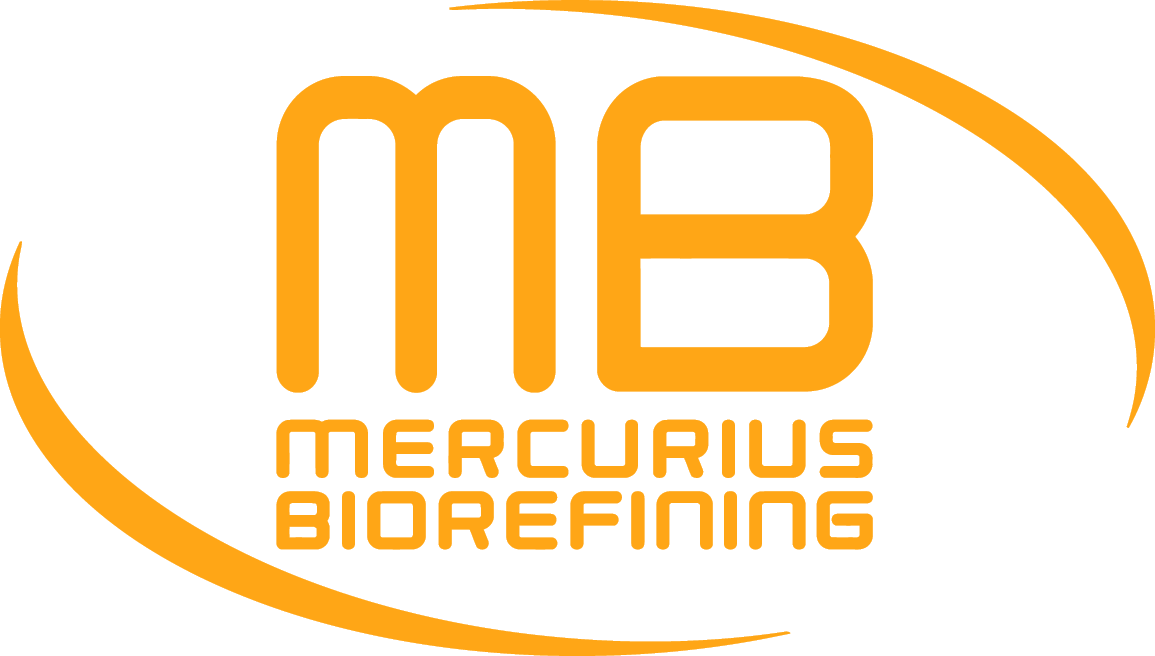REACH™ technology is first and foremost a way to use existing waste streams including agricultural and forestry production wastes as well as lignocellulosic Municipal Solid Waste, (MSW), to create carbon negative drop in fuels (diesel, jet, marine) and renewable chemicals (Formic Acid, FDCA, Levulinic Acid). REACH™ technology is very feedstock flexible and in fact can use multiple sources simultaneously by for example using MSW sources to fill out seasonal wheat straw or corn stover supplies. REACH™ technology can also be adjusted to easily accommodate high moisture content feedstocks. A highly significant advantage that REACH™ technology has concerning feedstocks is that it taps into established supply chains and is not reliant on grown for purpose energy crops either agricultural or forestry.




